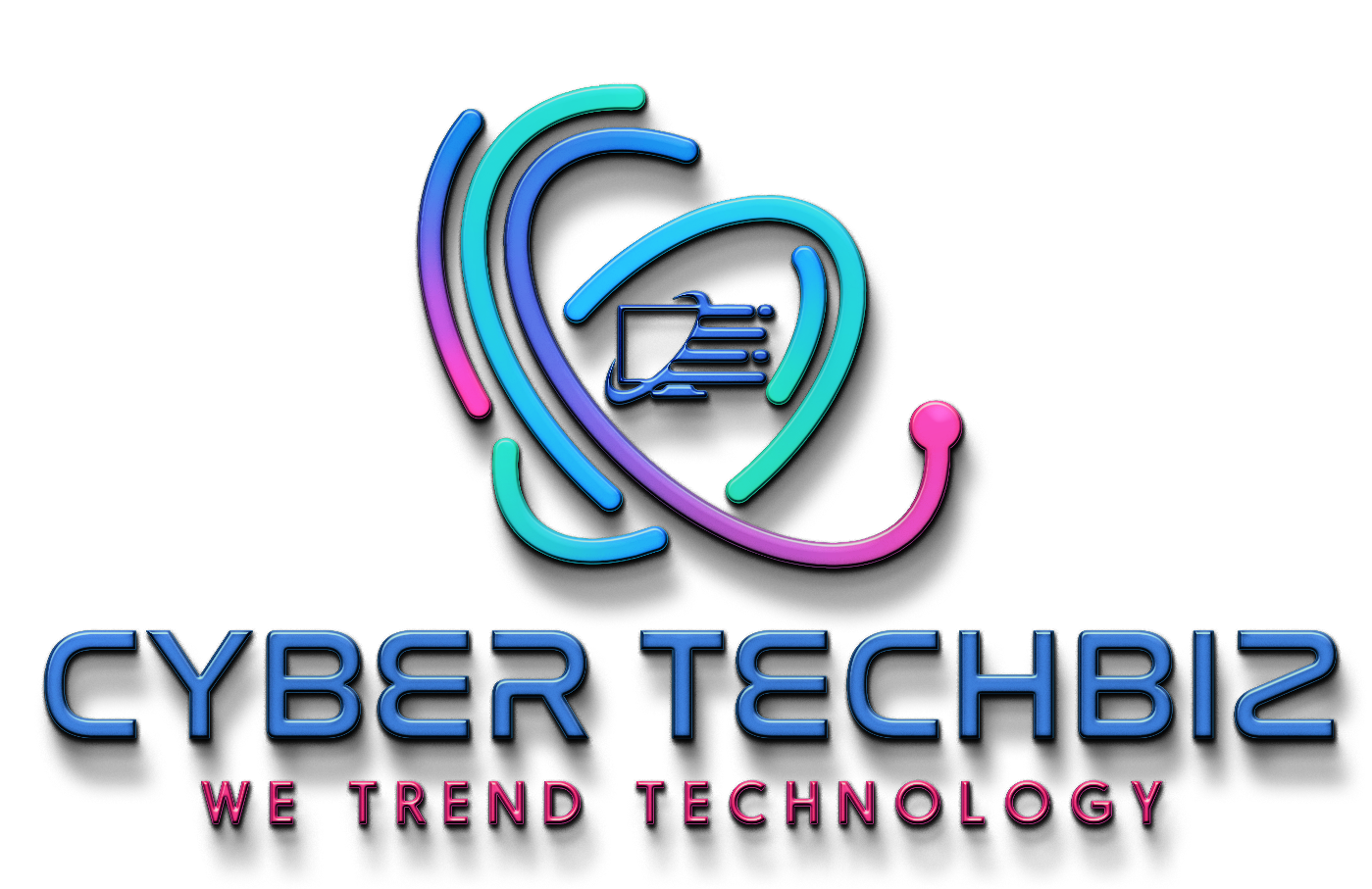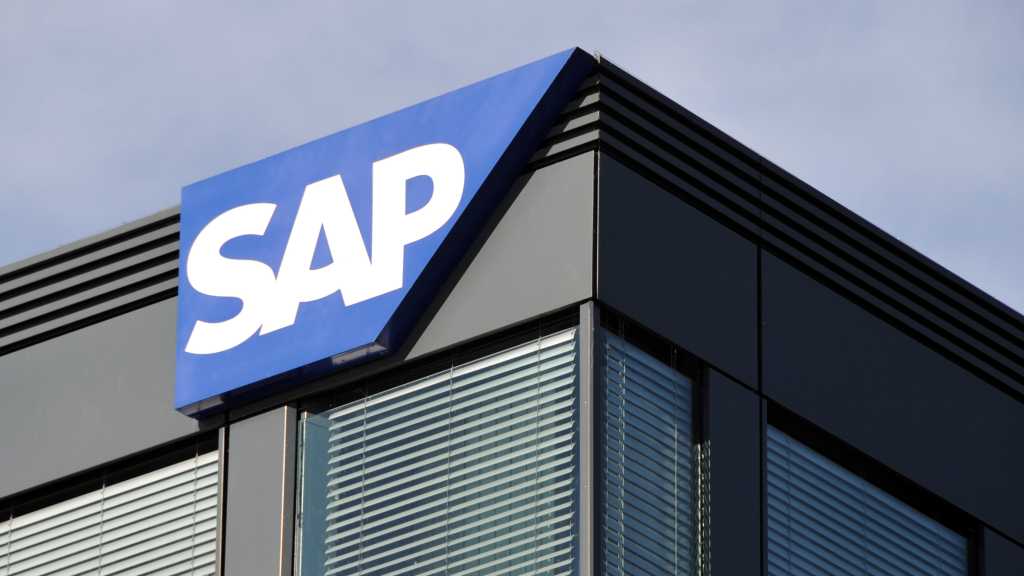The goal, said Kramer, is to “reduce risks, security vulnerabilities, and compliance challenges tied to outdated systems. This is not just a technical shift; it’s a business enabler that allows enterprises to modernize at a pace that’s manageable. Success will also fall back on the customer adopting effective change and data management, requiring full responsibility from them. For SAP customers, the key question is not if, but how — and how quickly — they can transition.”
Jeremy Roberts, senior director of research and content at Info-Tech Research Group, said, “there is a careful conflation between modernization and the cloud. We’ve known for a long time that this is the direction that major software vendors are going, but they see the cloud as a destination where their people want to be. It’s the future of SAP. Not all customers are as gung ho about the transition, however.”
This offering, he said, “feels like a response to the hesitancy of major cloud customers to change their operations quickly and in significant ways. The reality is that as you grow linearly, the complexity of your organization can grow exponentially. This complexity is embodied in your ERP.”

